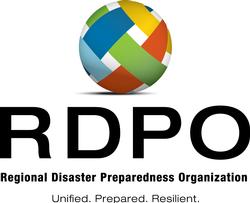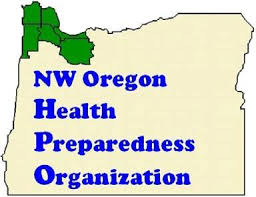June 2023 - Wildfire Preparedness in the Northwest: Protecting Lives and Landscapes
Monday, June 5, 2023
Wildfire Preparedness in the Northwest: Protecting Lives and Landscapes
The Pacific Northwest is a region of unparalleled beauty, known for its lush forests, rugged mountains, and breathtaking landscapes. However, this enchanting wilderness also poses a significant threat: wildfires. With the increasing frequency and intensity of wildfires in recent years, it has become important for residents to prioritize wildfire preparedness. In this blog post, we will explore essential tips and strategies to help you and your community stay safe and protect the precious landscapes that define this region.
1. Stay Informed
Knowledge is power when it comes to wildfire preparedness. Stay updated on weather conditions, fire danger ratings, and local fire restrictions. Sign up for emergency alerts, follow reliable sources of information, and be aware of evacuation routes and community plans. The more informed you are, the better equipped you will be to make timely decisions and respond effectively to potential wildfire threats.
2. Create Defensible Space
Creating defensible space around your home is crucial to reducing the risk of wildfires spreading. If you live near forests or wooded areas, clear vegetation, dry leaves, and debris at least 30 feet from your house. Trim tree branches to a height of 10 feet above the ground and remove any dead vegetation. Additionally, ensure your address is clearly visible from the road to assist emergency responders.
3. Prepare an Emergency Kit
Assemble a comprehensive emergency kit that includes essential supplies for evacuation and survival. This kit should include items such as non-perishable food, water, medications, first aid supplies, important documents, batteries, flashlights, a portable radio, and a cell phone charger. Store your emergency kit in an easily accessible location and ensure everyone in your household knows where it is.
4. Develop an Evacuation Plan
In the event of a wildfire, having a well-thought-out evacuation plan is vital. Identify multiple evacuation routes and discuss them with your family members. Establish a meeting point outside the affected area and make a communication plan to keep everyone informed. Make sure you have everyone’s phone number and contact information written down in case you lose your phone or your battery dies. Practice evacuation drills regularly to ensure everyone knows what to do and where to go if the need arises.
5. Collaborate with Your Community
Wildfires affect entire communities, and collective efforts can make a significant difference. Engage with your neighbors and community organizations to create a collaborative approach to wildfire preparedness. Organize community meetings, share resources and knowledge, and support local initiatives for fire prevention and safety.
6. Practice Fire-Safe Behaviors
Promote fire-safe behaviors in your daily life. Be cautious when using fire or flammable materials outdoors, and always follow local guidelines and restrictions. Avoid tossing cigarette butts or leaving campfires unattended. Raise awareness among family, friends, and neighbors about the importance of responsible fire behavior.
Wildfire preparedness is a shared responsibility that requires proactive measures from individuals, communities, and authorities alike. By staying informed, creating defensible space, preparing emergency kits, developing evacuation plans, protecting property, collaborating with your community, and practicing fire-safe behaviors, you can significantly reduce the risks associated with wildfires. Let us come together as a community in the Northwest to safeguard our lives, our homes, and the awe-inspiring landscapes that make this region so special.



